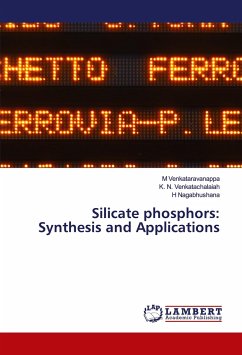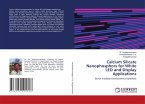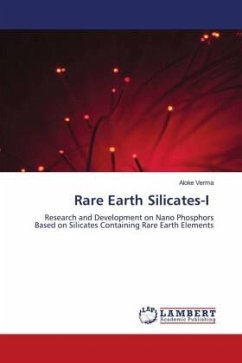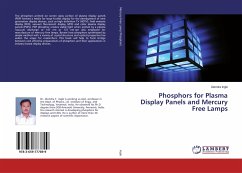Silicate based phosphors due to stable crystal structure, high thermal stability, low thermal conductivity, resistance to acids and alkali they were being used in light industry. Among the various silicates, strontium orthosilicate and magnesium silicates showed applications in the fields of sensors, field emission displays (FEDs), compact fluorescent lamps (CFLs), white light emitting diodes (WLEDs), and plasma display panels (PDPs), etc. It was well known that the luminescent properties of inorganic nano/micro materials were closely related with their sizes, shapes, morphologies, compositions and crystallinity. Silicates doped with rare earth ions absorbs ultraviolet radiation and emits visible light when activated by rare earth ions, however, Sr2SiO4:Eu3+ phosphors show intense emission in the red region. It was expected that the two-fold behavior of rare earth doped silicate nanophosphors might play a positive role in practical applications.
Bitte wählen Sie Ihr Anliegen aus.
Rechnungen
Retourenschein anfordern
Bestellstatus
Storno








